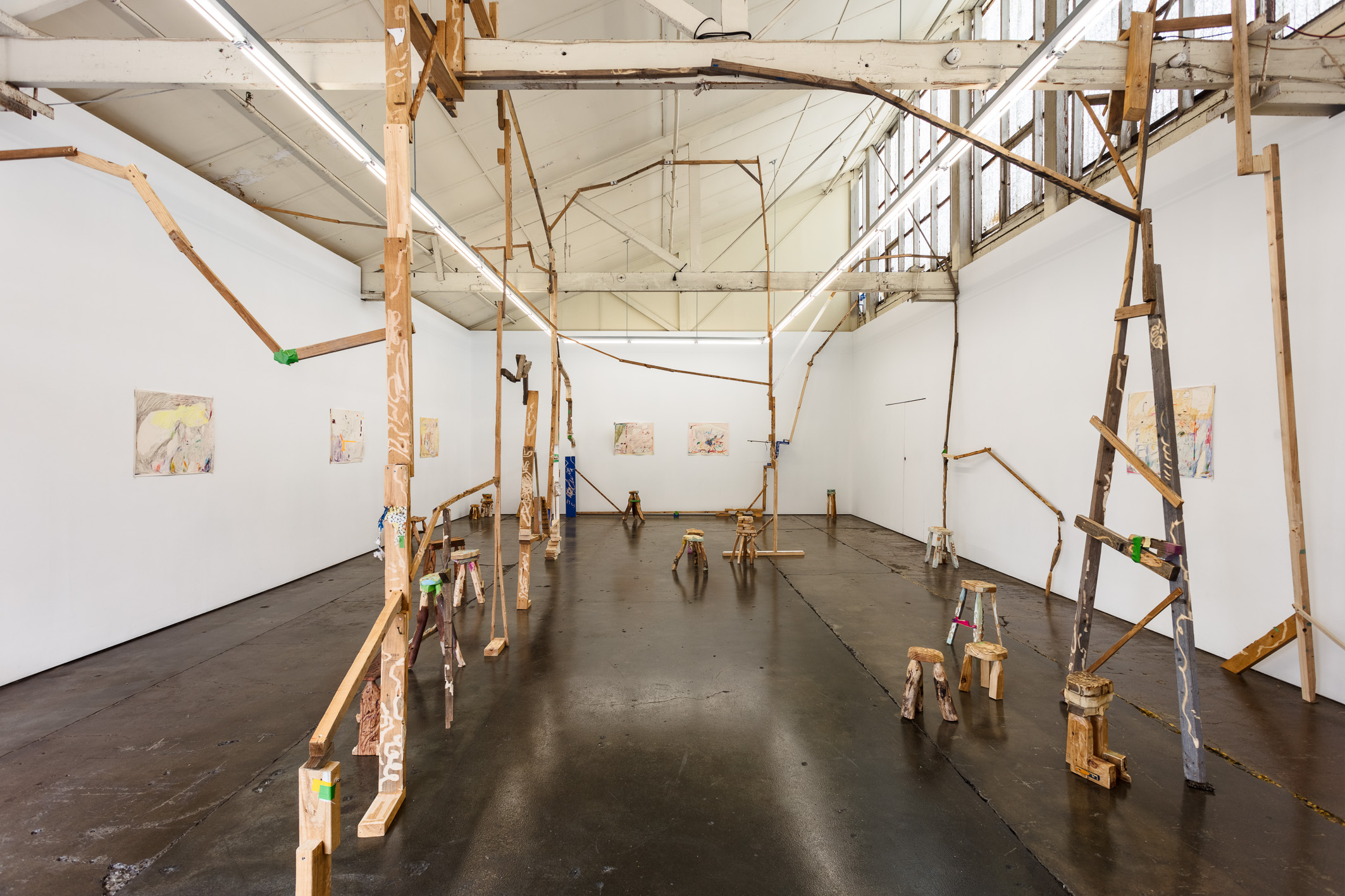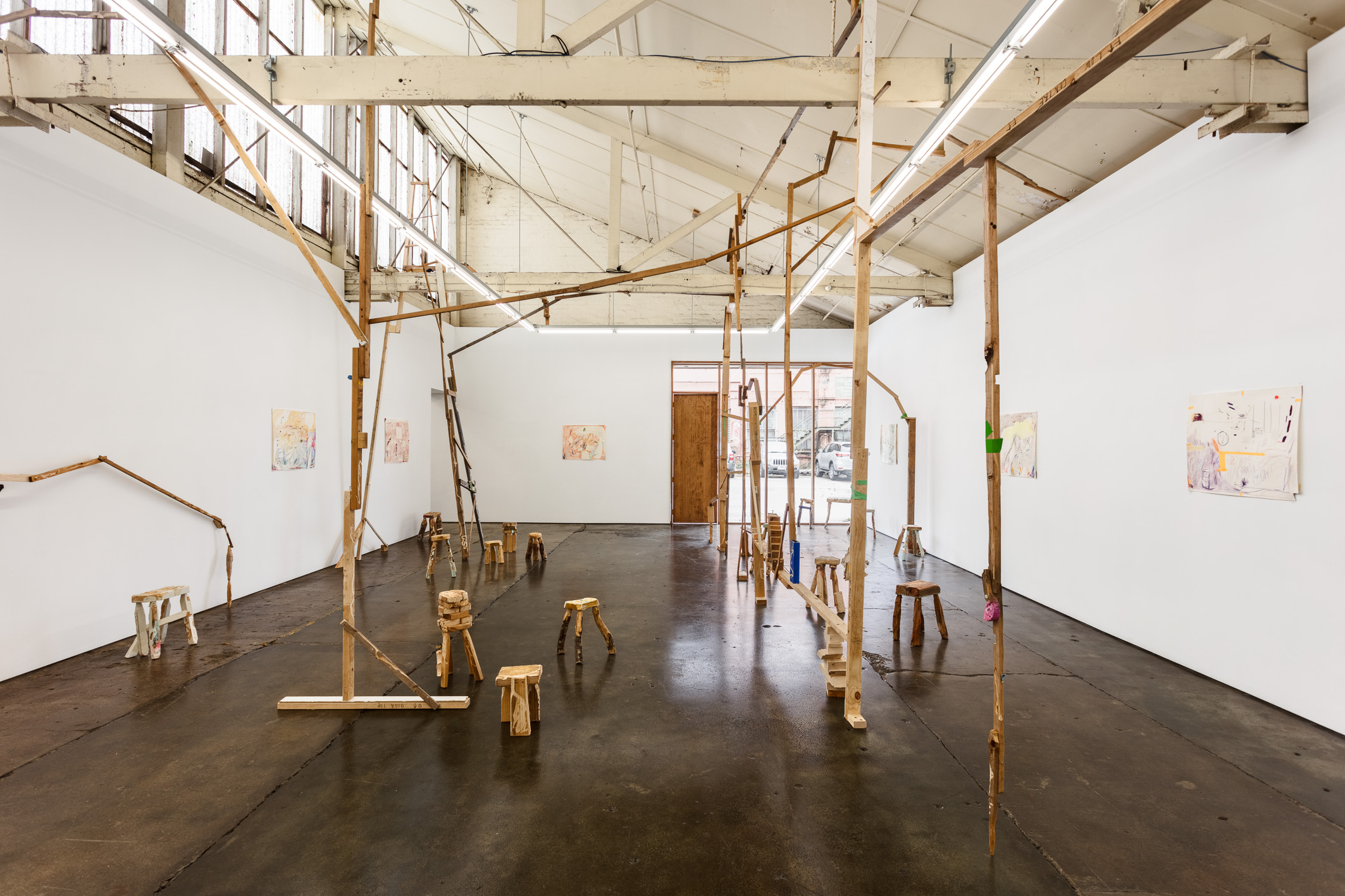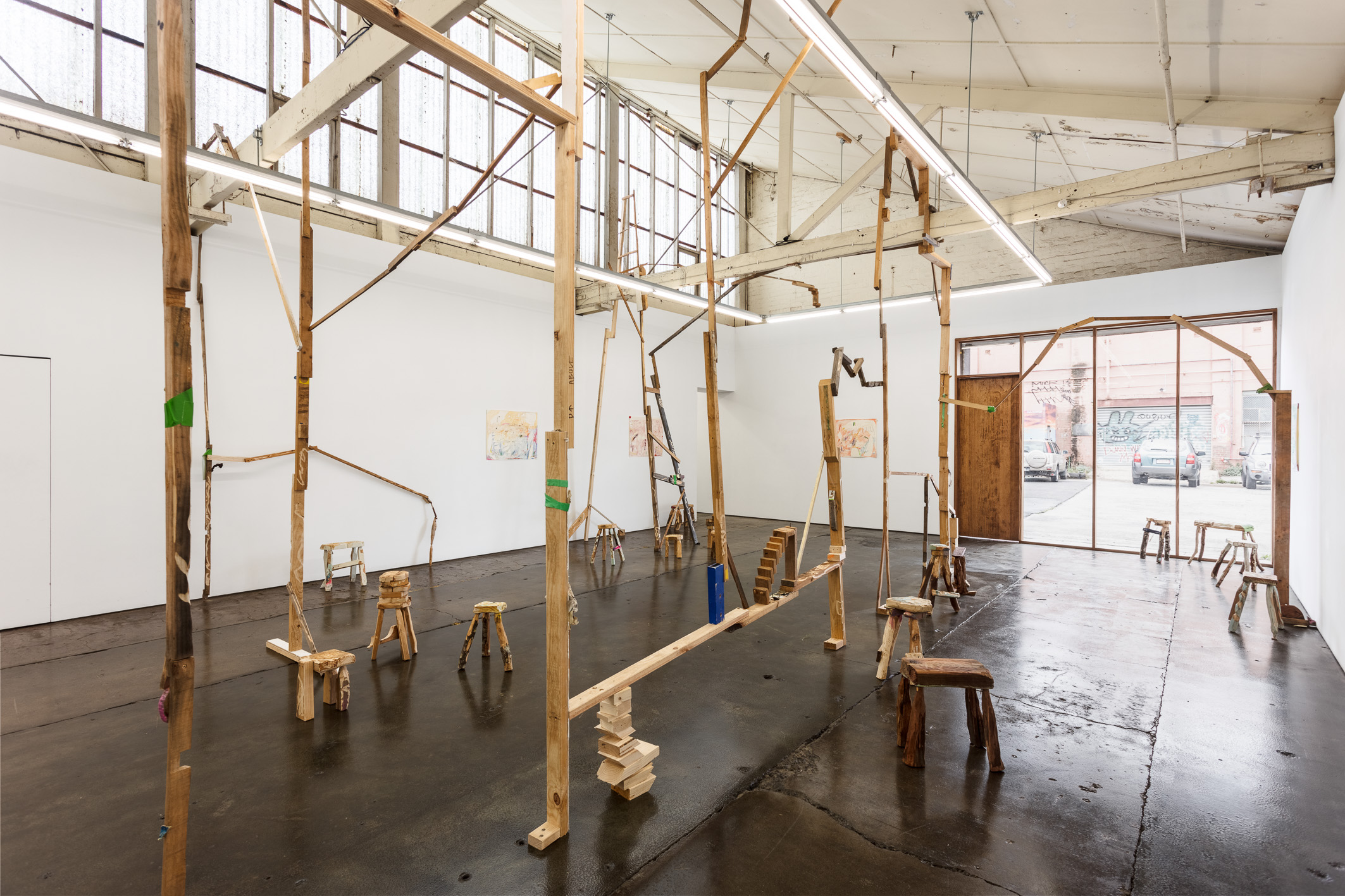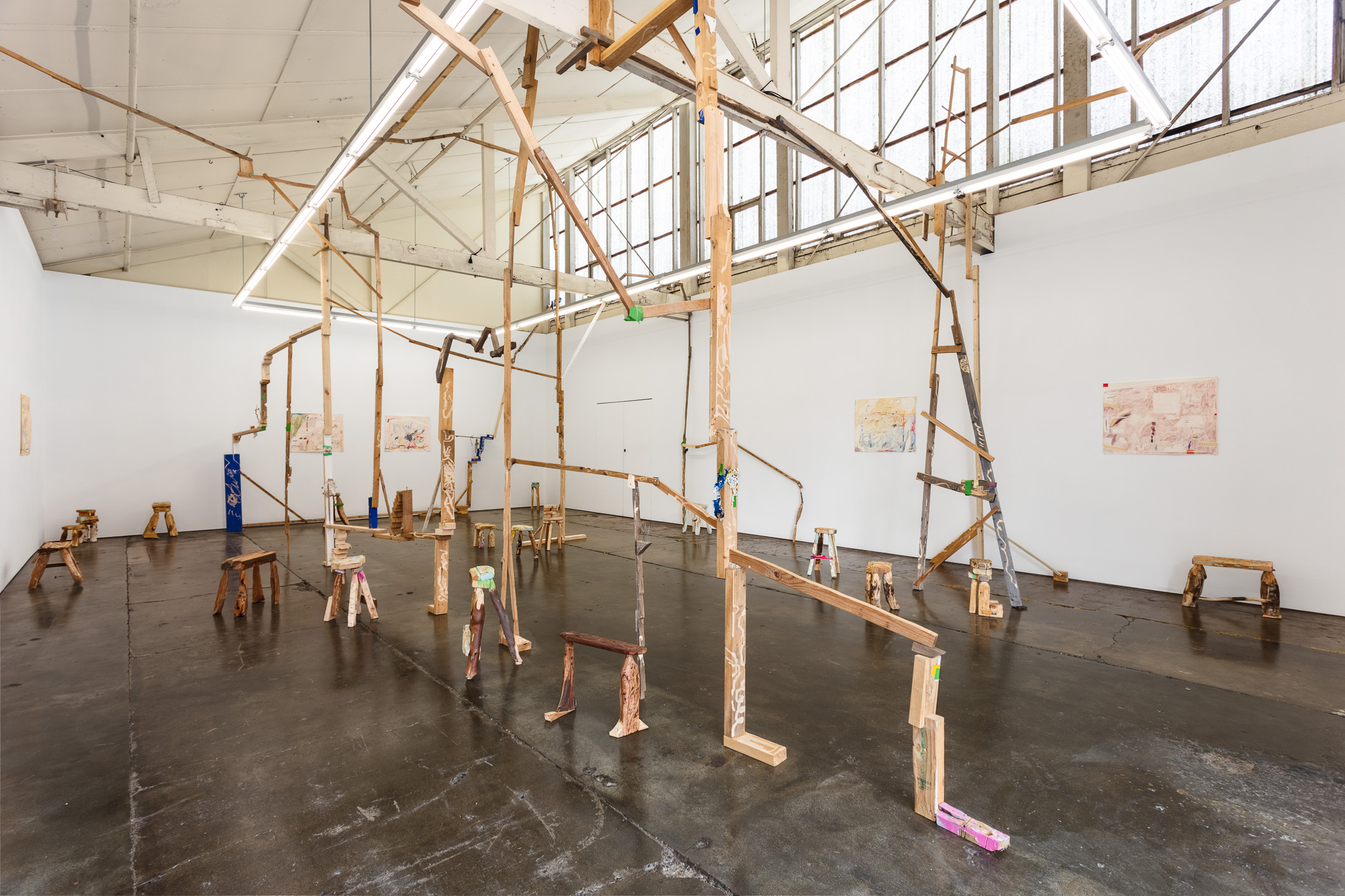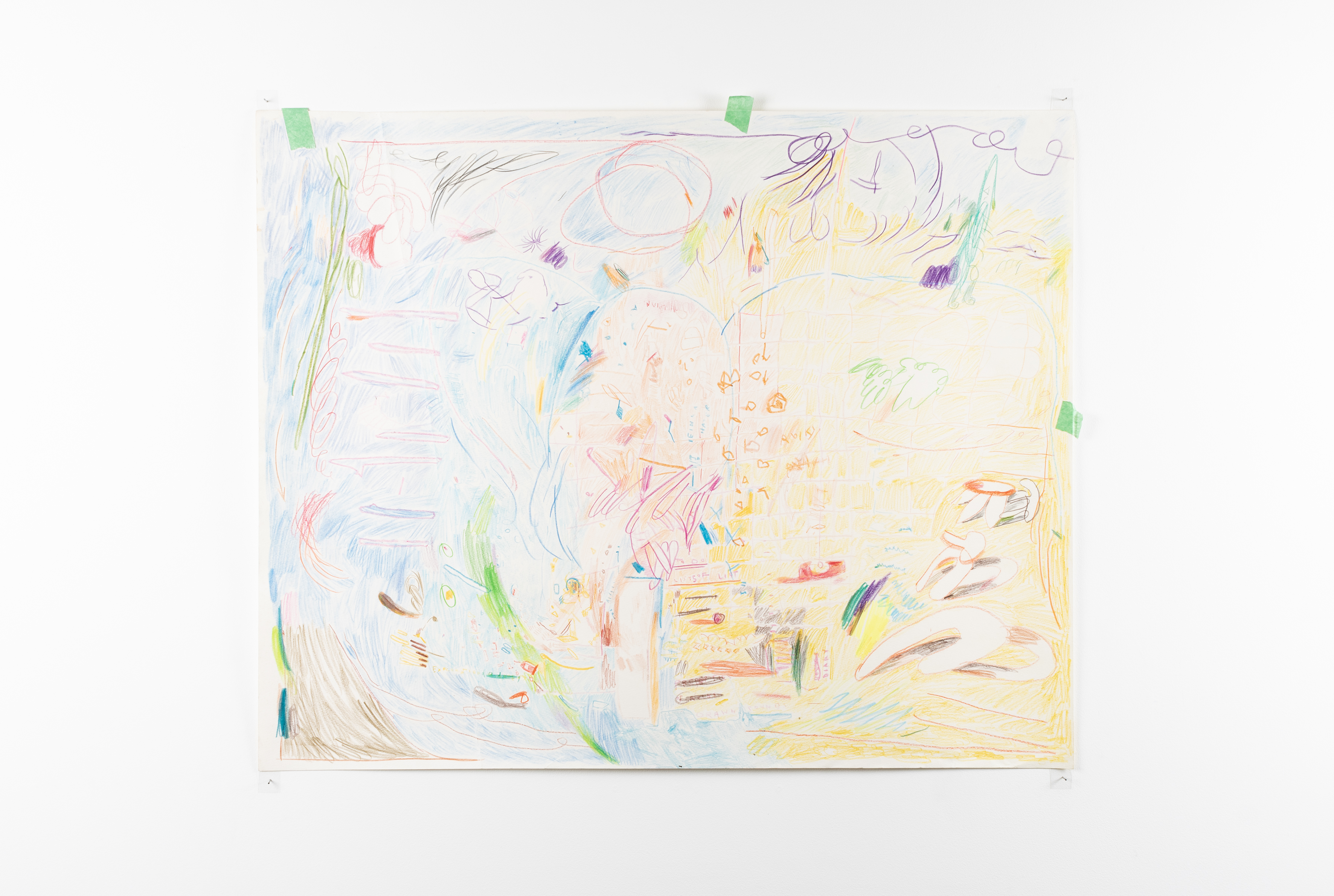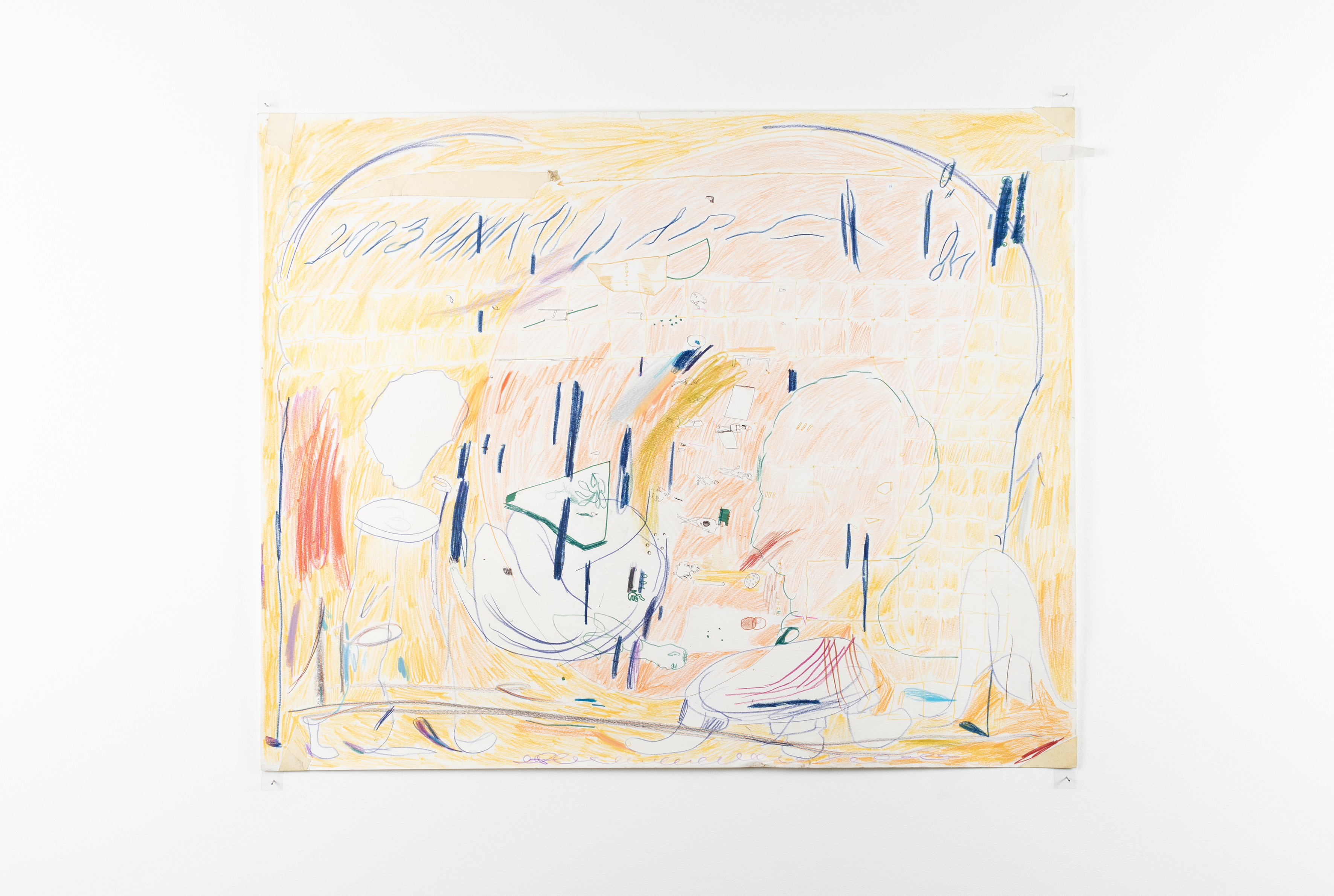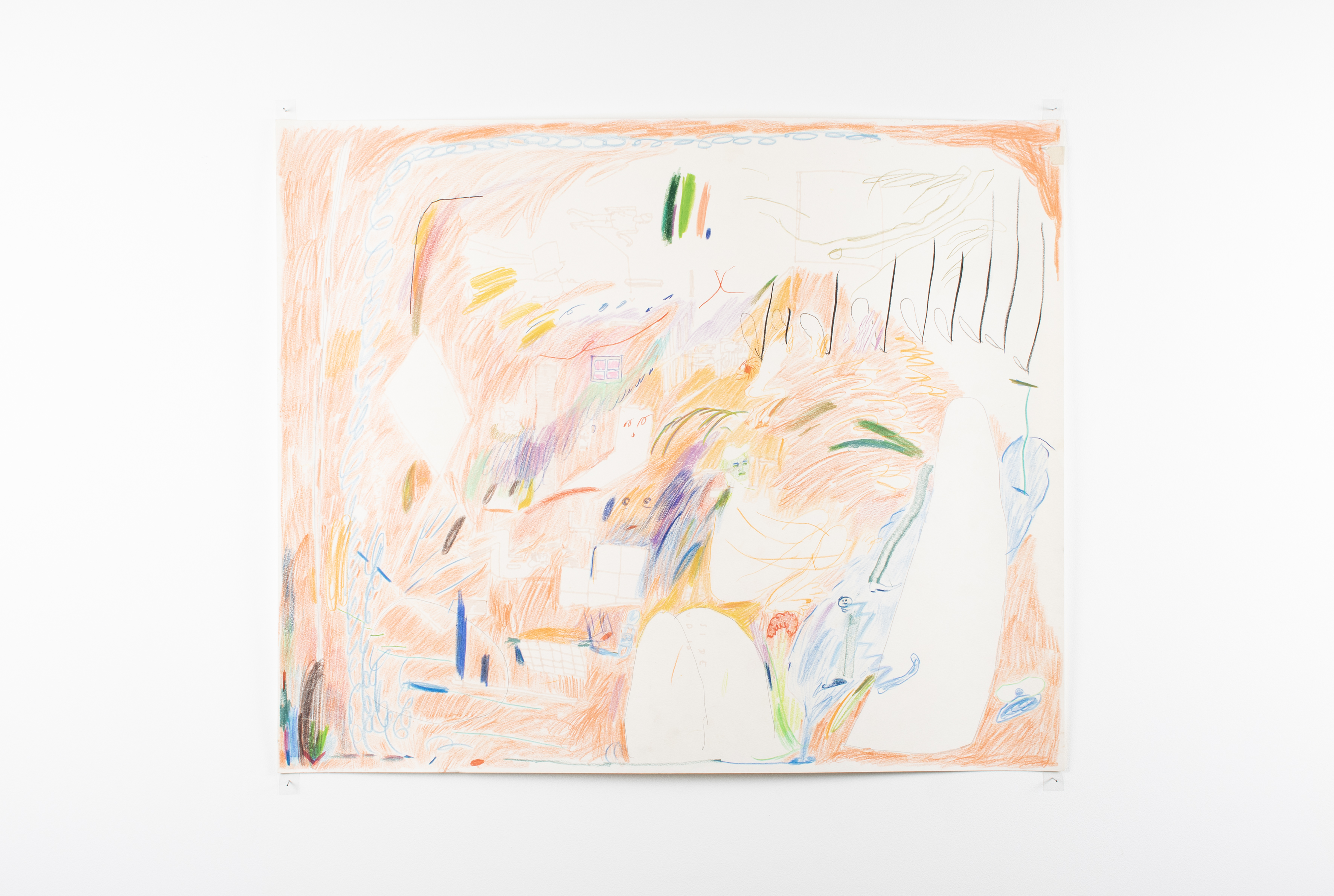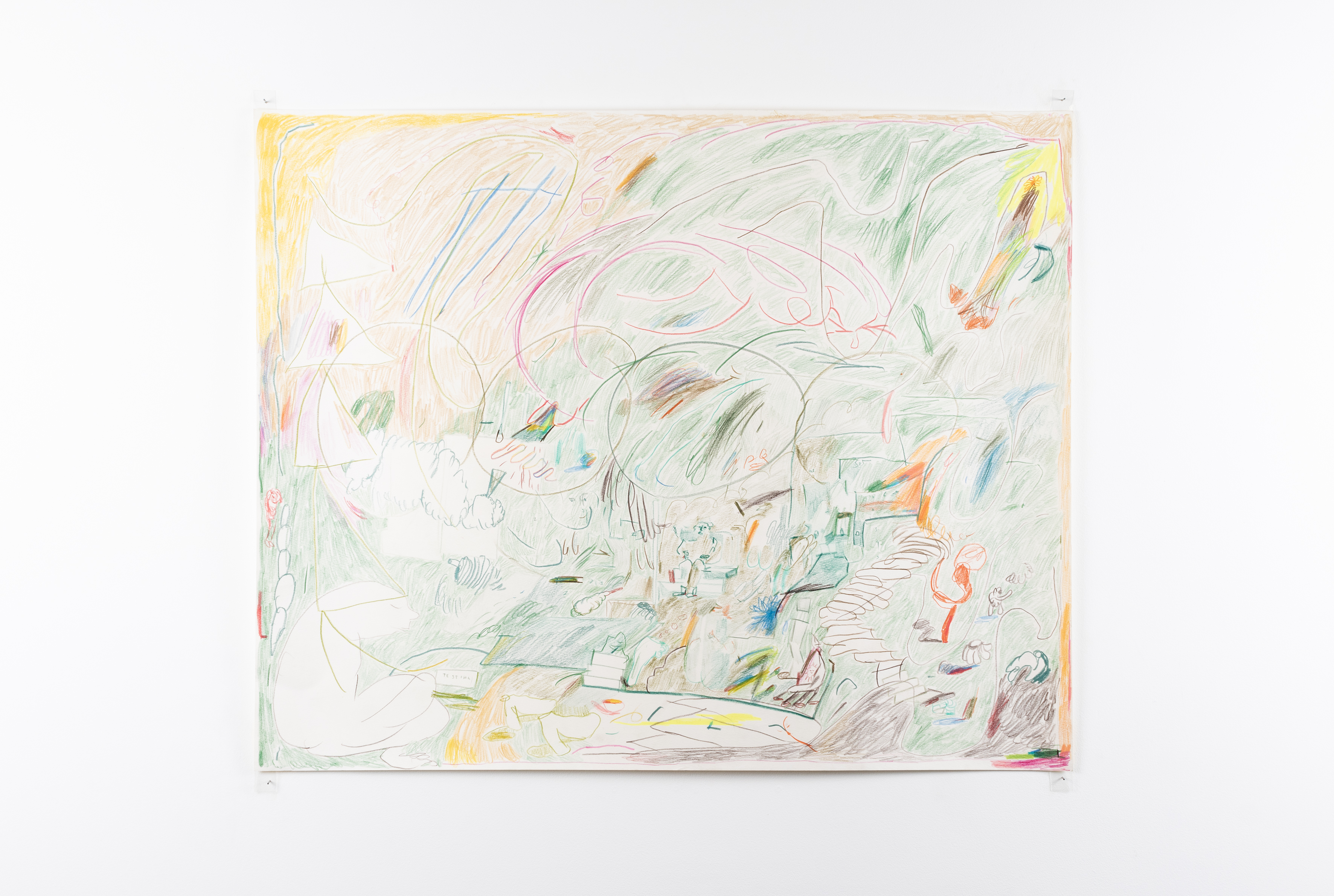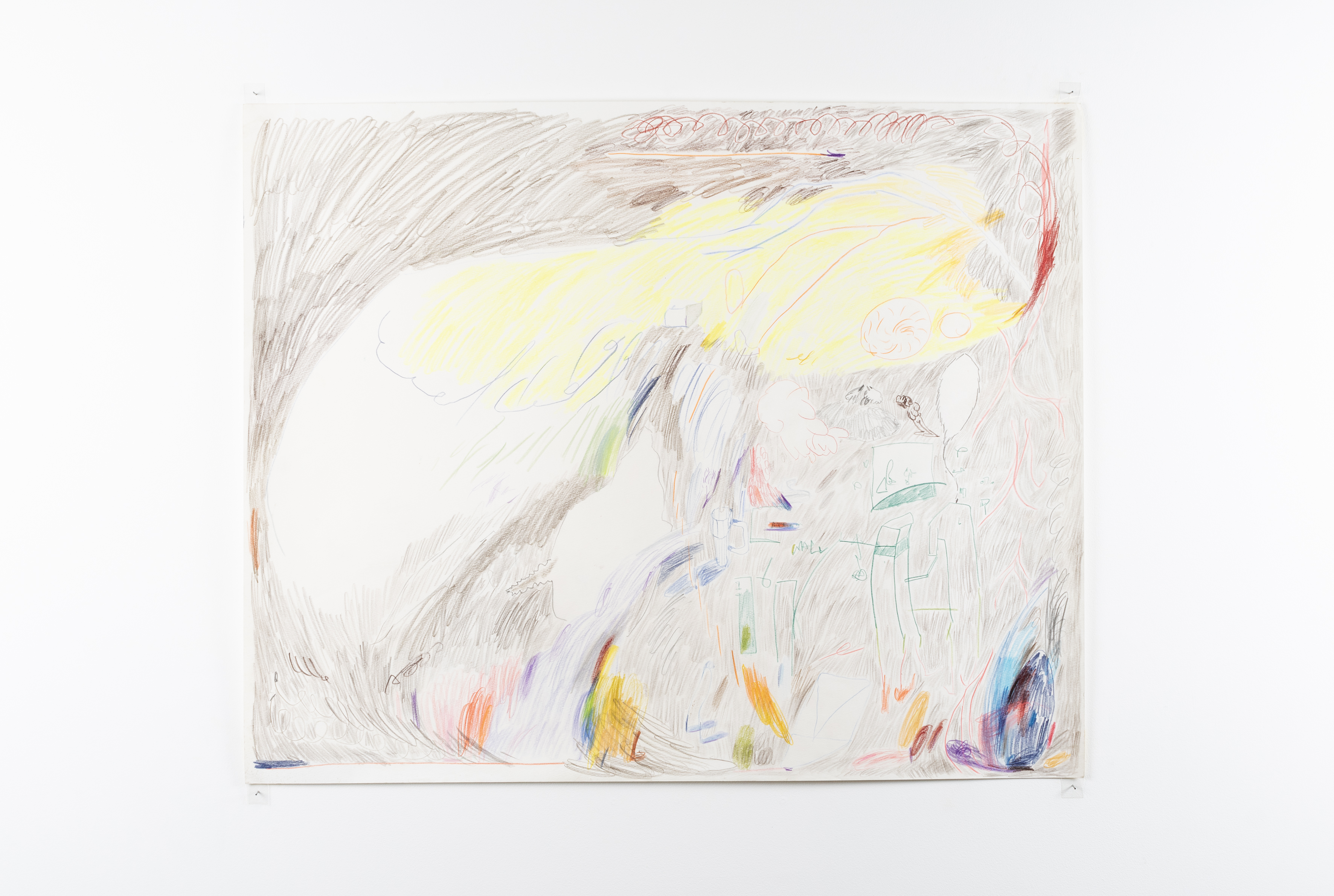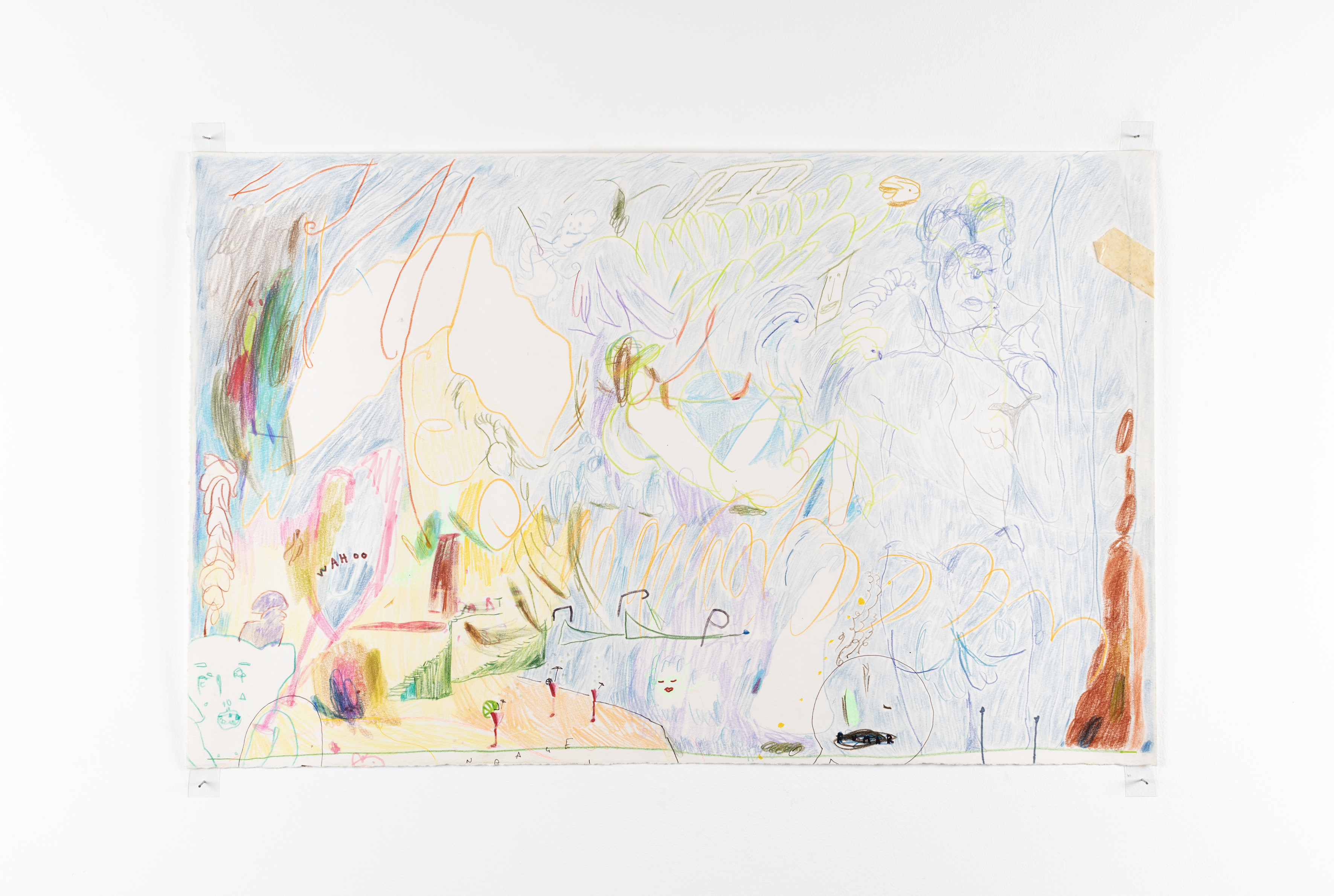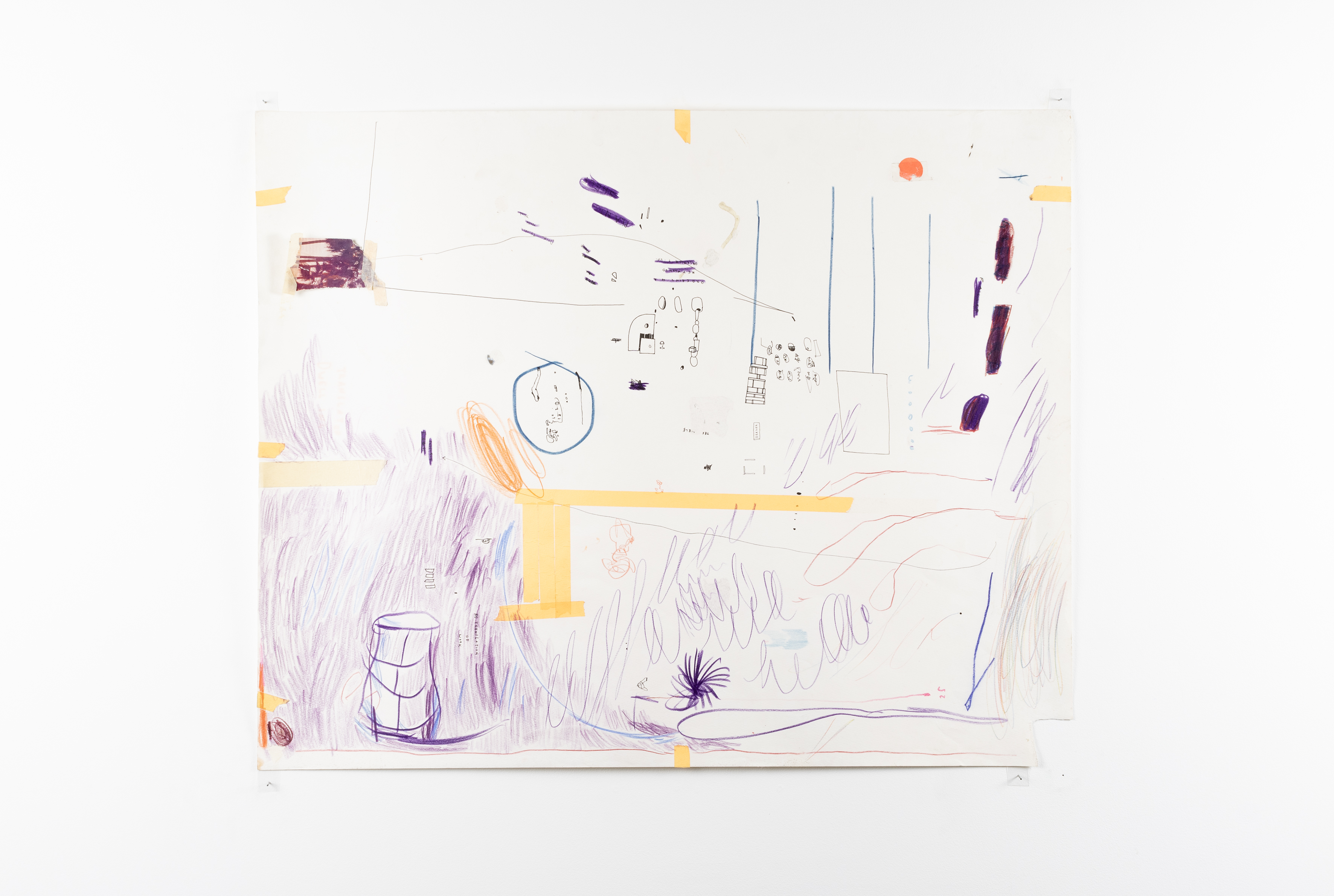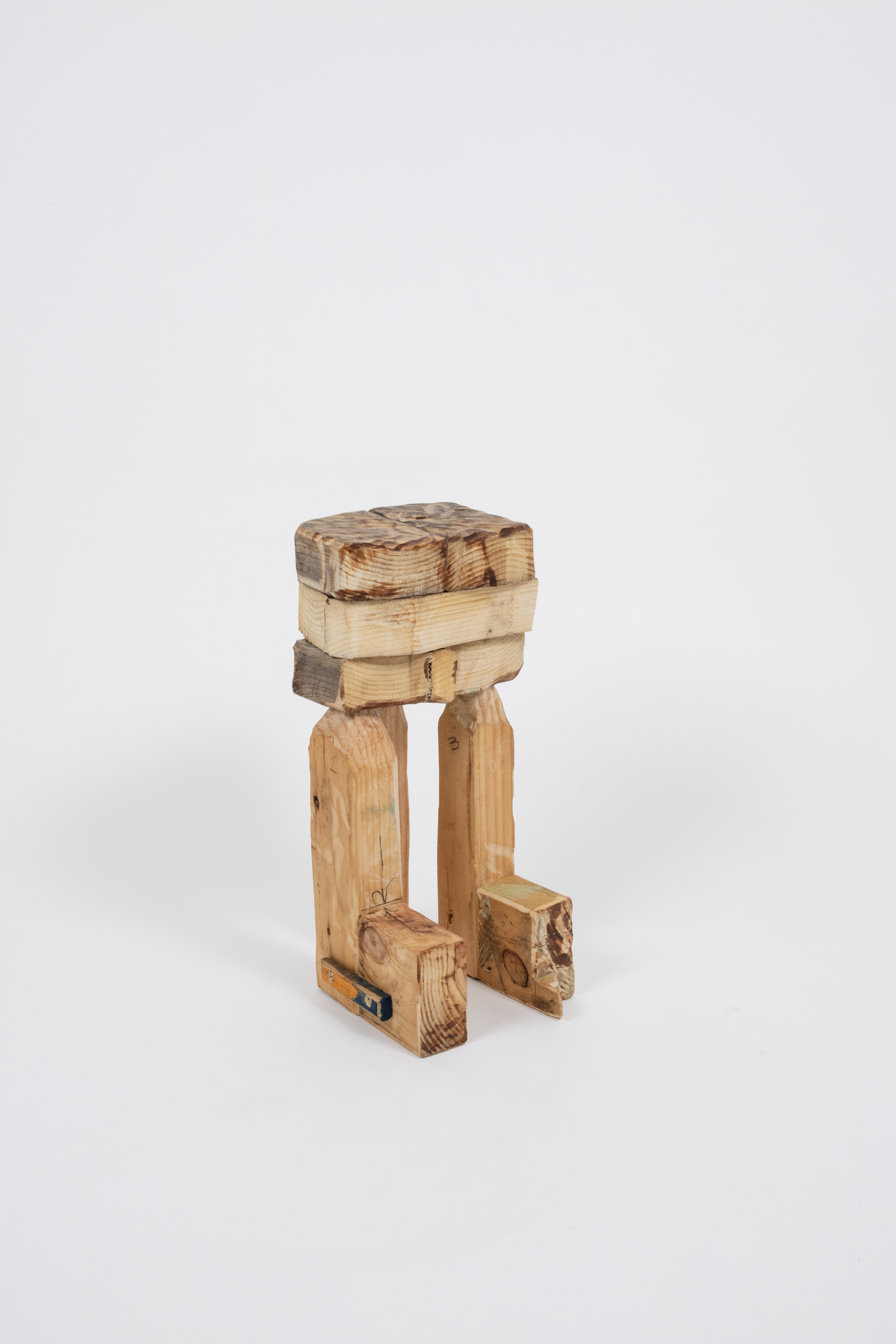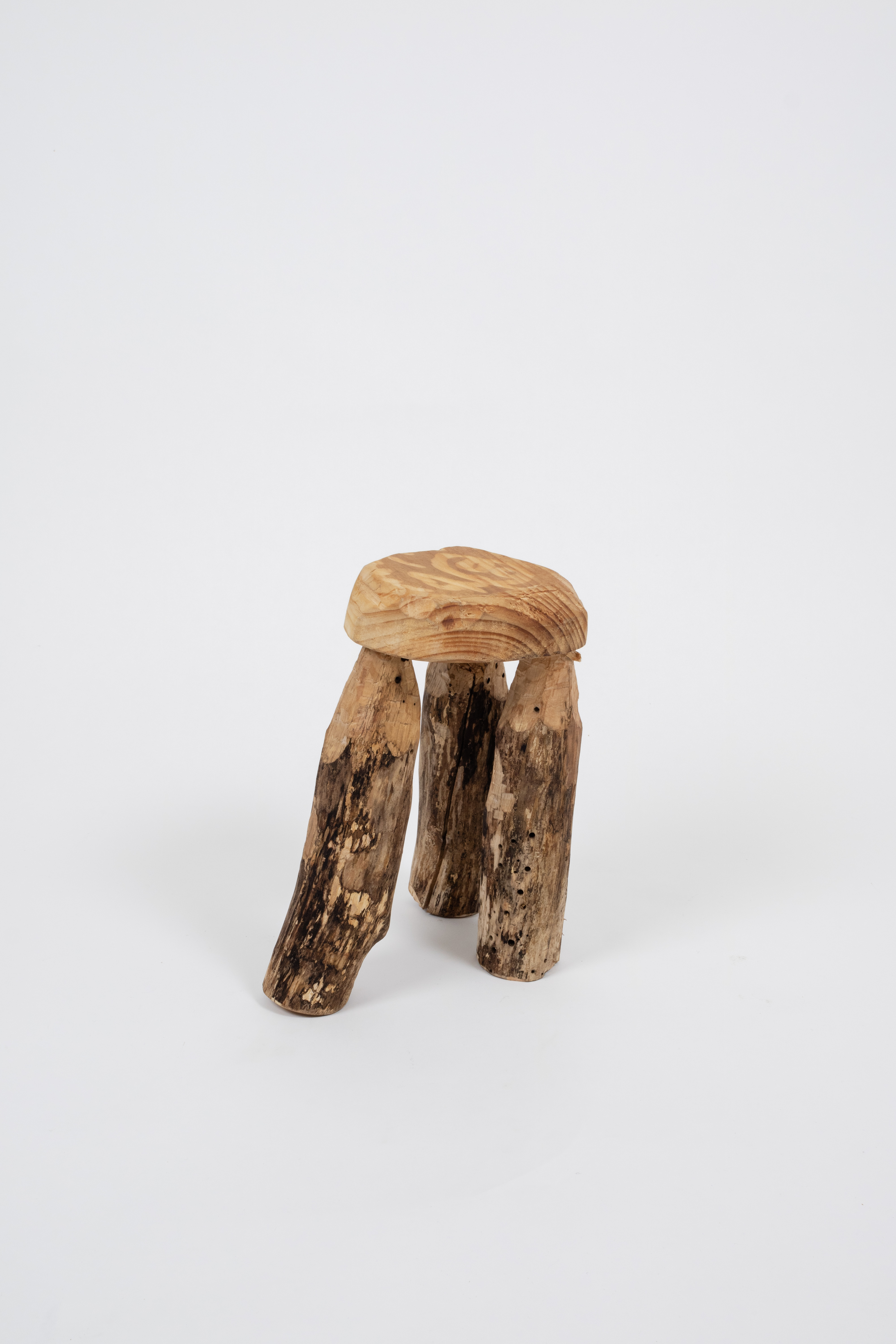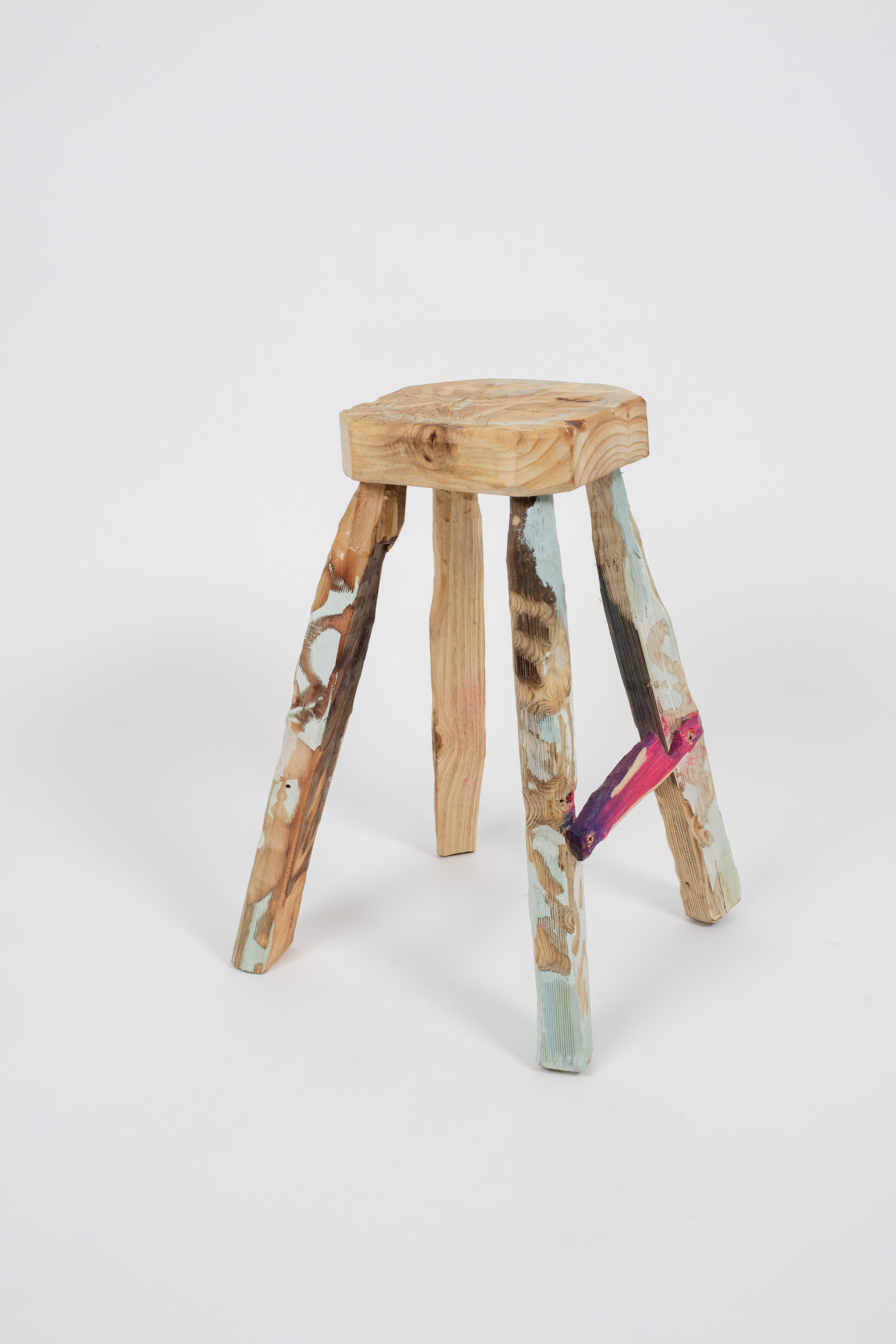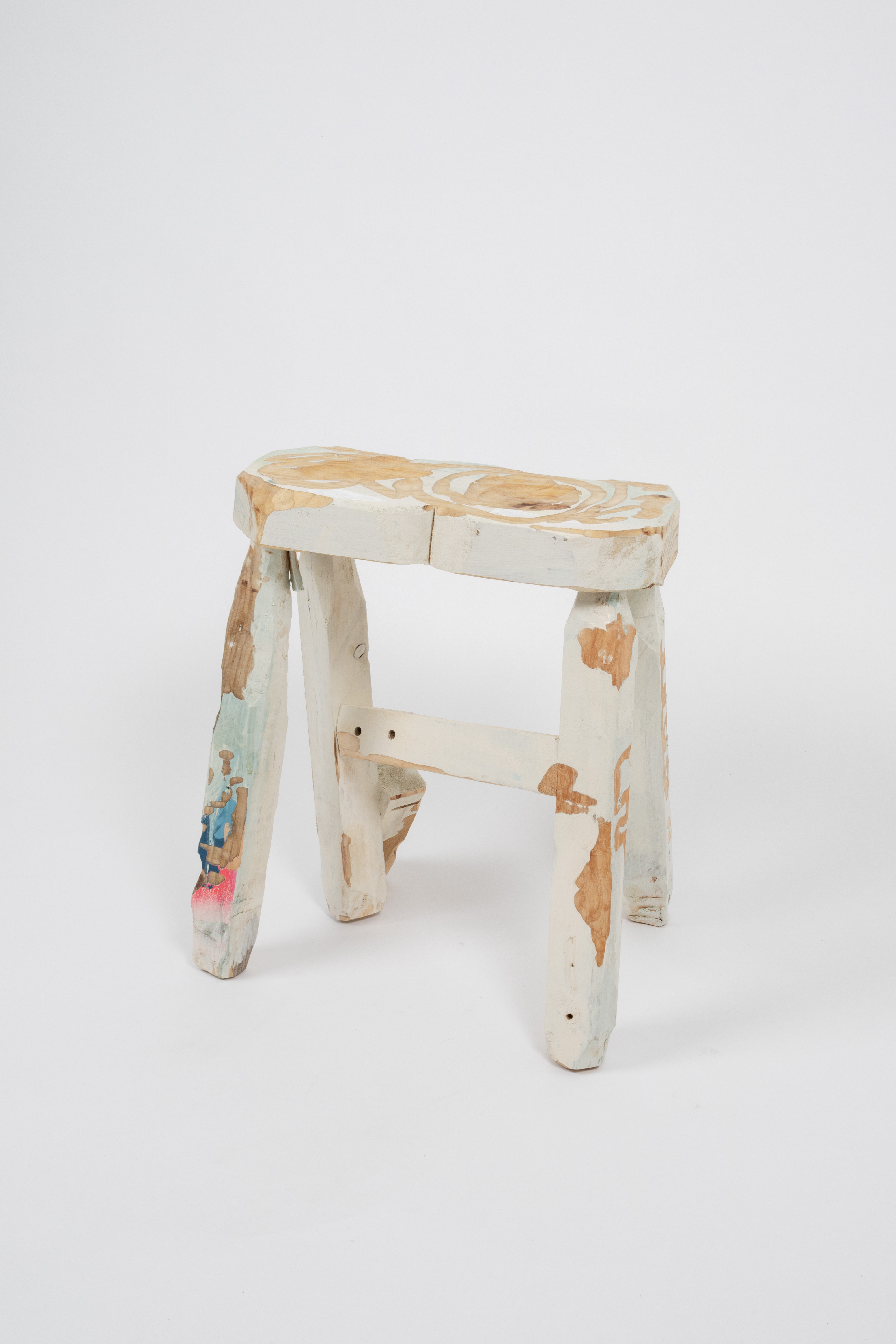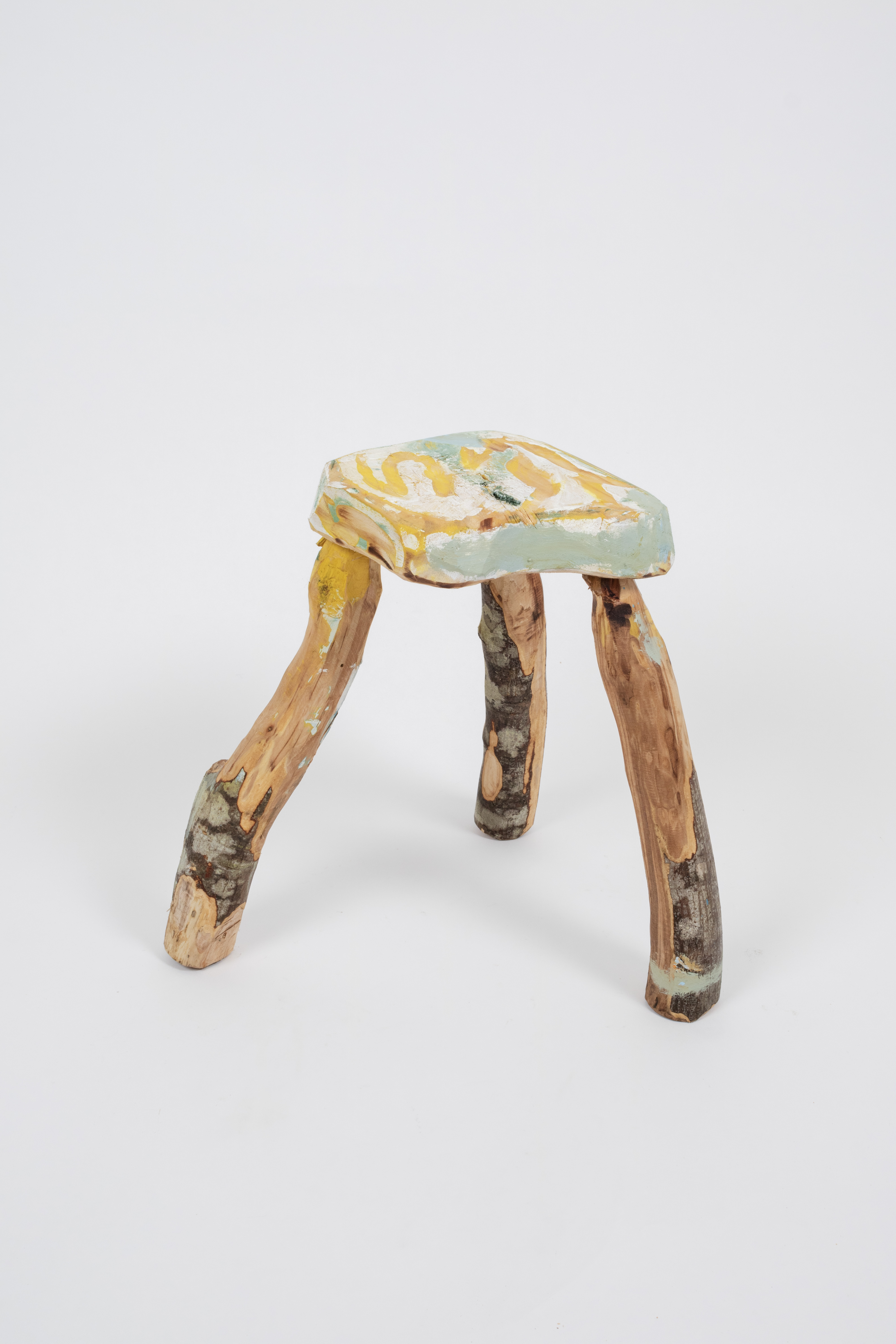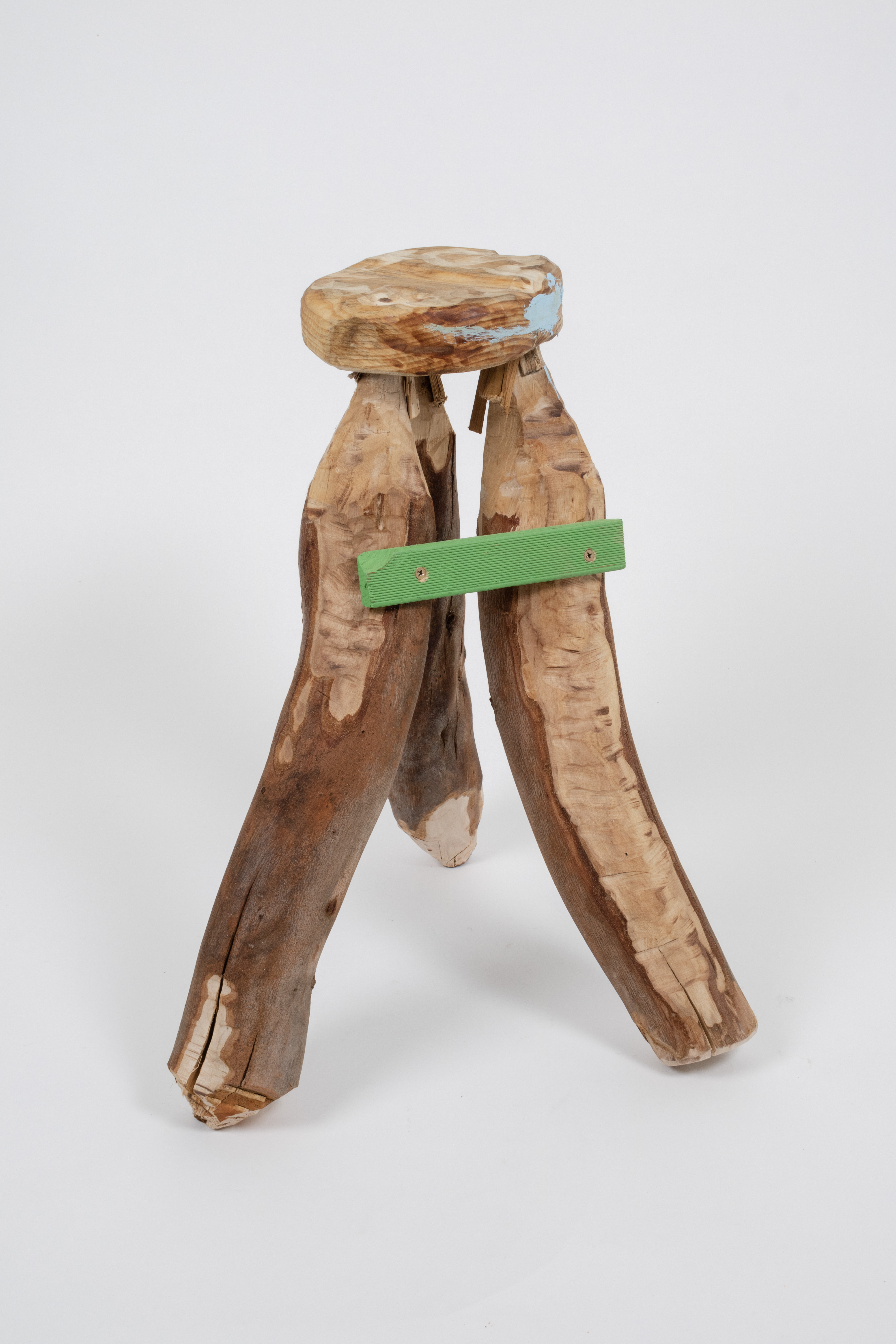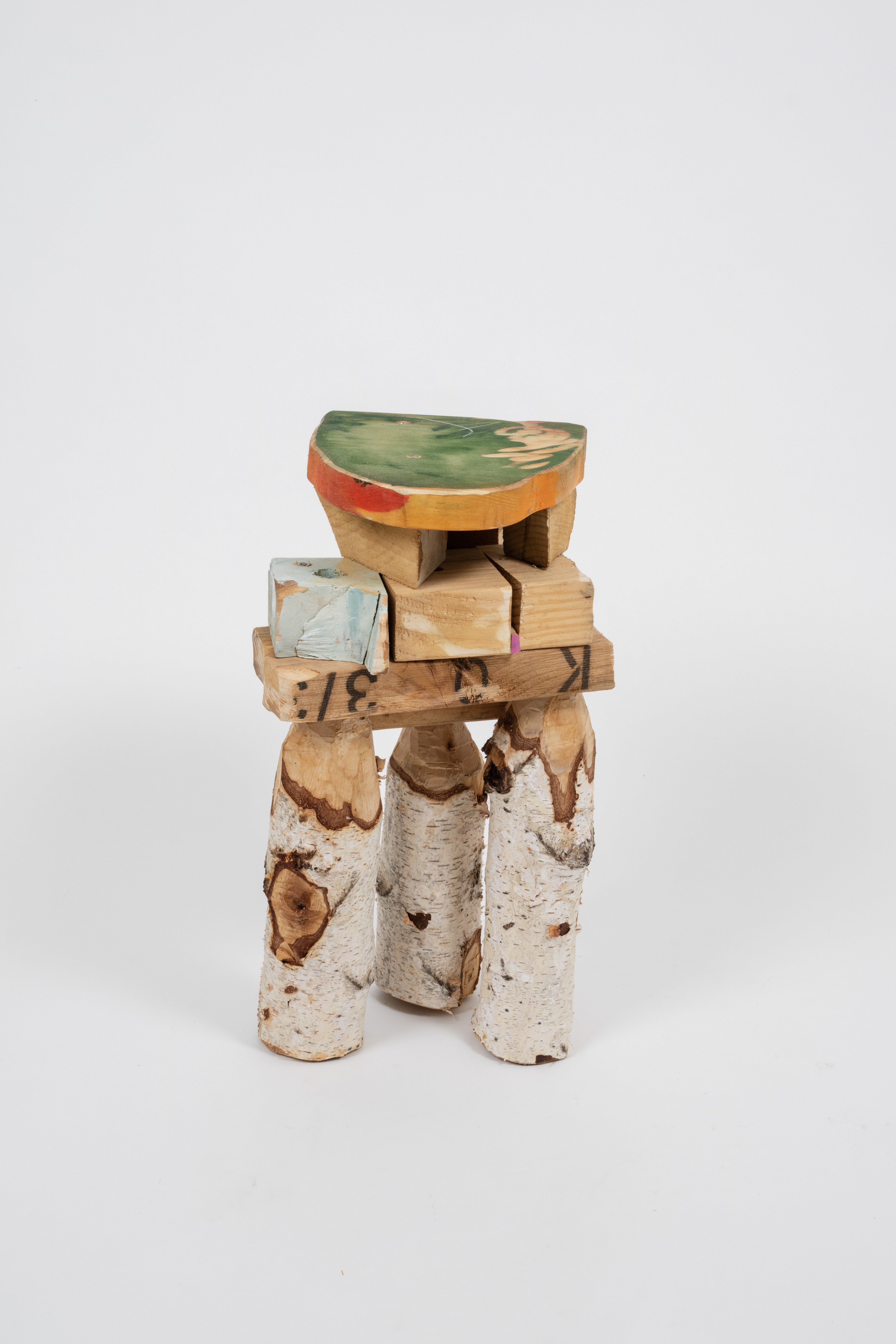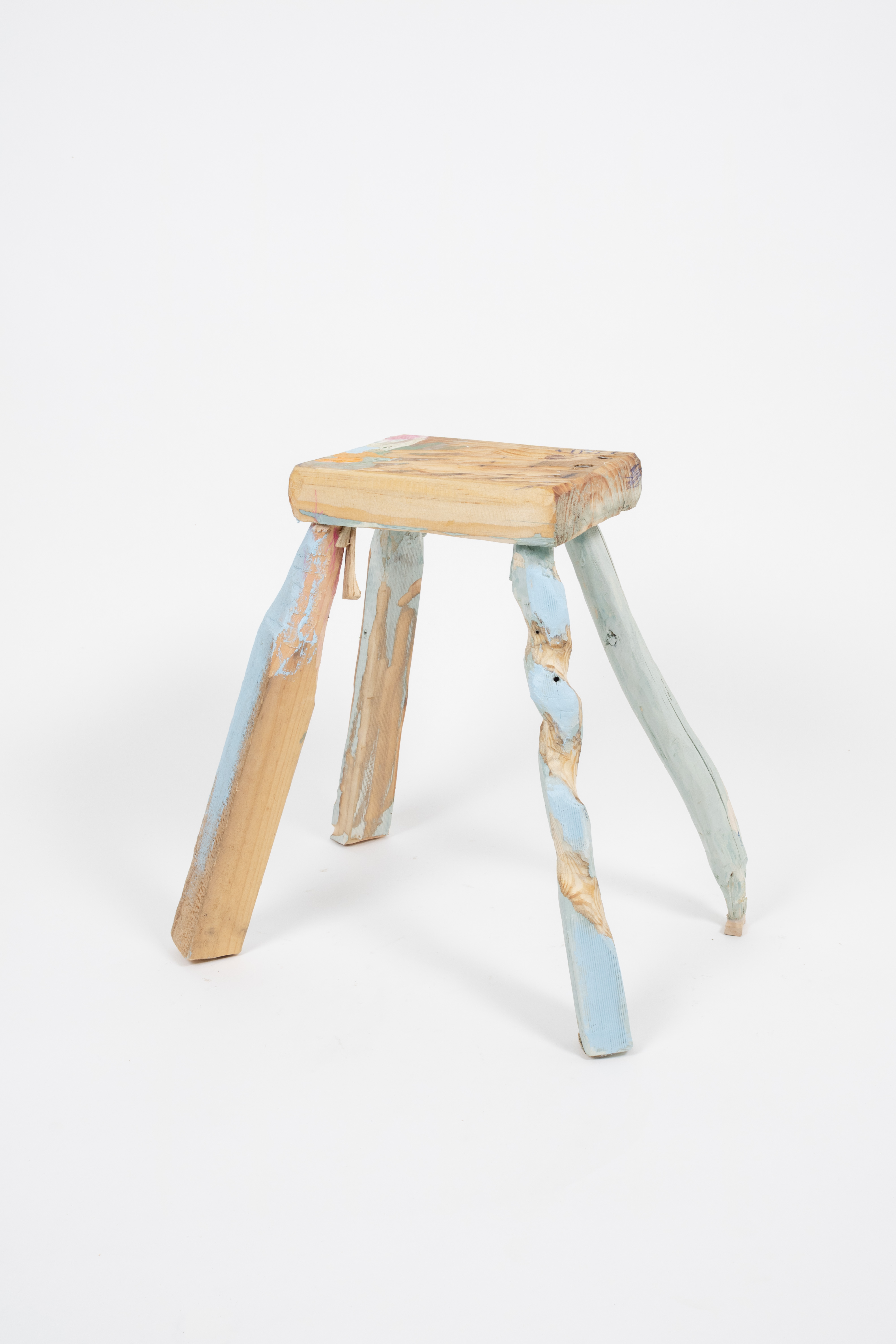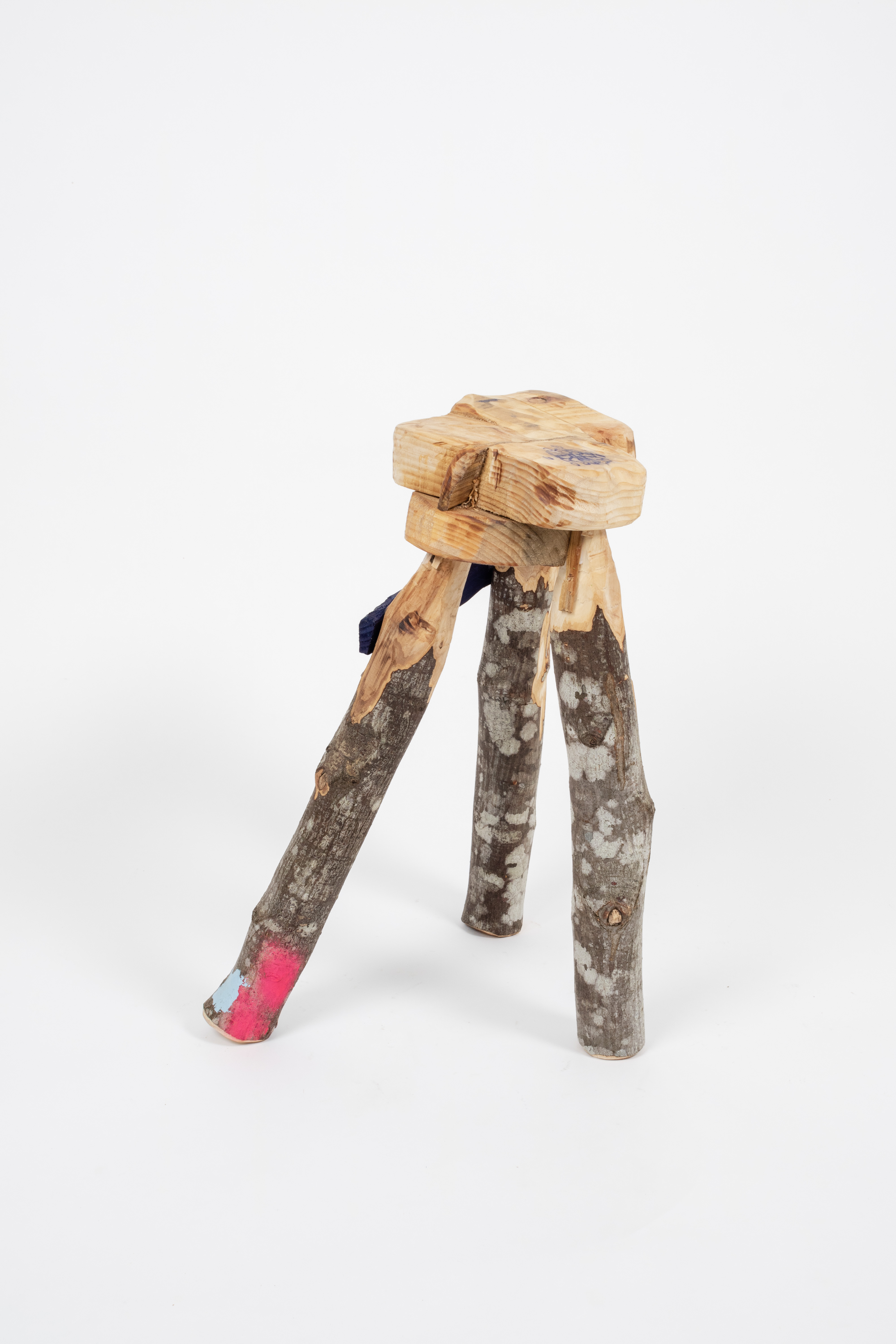Sebastian Temple
17.02.2023 - 25.03.2023
Sebastian Temple's artistic practice involves utilising all available
resources within the studio environment. The artist's work often reveals the hidden
aspects of creative practices, such as initial sketches, under paintings, accumulated
scraps and offcuts, contemplative moments of sitting and waiting, and a growing
general anxiety. He pays close attention to the day-to-day practicalities,
obsessively focusing on issues such as waste management, infrastructure,
furniture, and a growing collection of artworks. This level of attention
exposes the mysterious processes and activities of the studio, particularly the
raw materials and rituals that comprise it.
In his recent project, Pinching Machine, Temple has taken his studio outside into his garden. In the Yarra Valley, nature is in a state of constant transformation, with composting facilitating the conversion of previous growth into the minerals required for the new season. The artist observes this natural process, learning and collaborating with it rather than attempting to control it. Wood from previous works, carried for years, has aged and developed a patina. Precariously composed, the installation of Pinching Machine uses this wood to frame the architecture of the gallery, honing our attention to features generally left unconsidered. Corners of the room, support beams, and floating walls all come into focus through the timber construction. Through this method, the installation resembles a drawing in space. Meanwhile the floor is littered with hand-carved wooden stools. The use of an angle grinder to carve away at the sculptures emphasises the act of drawing as both constructive and destructive. In this way, the works on paper act as psychological mappings, a cryptic key to understanding the artists internal world.
Temple's installations and drawings incorporate new, gathered, recycled, and found materials, which interact with each other to create new configurations. This ongoing process of collaboration between dismantled old works, materials, skills, and energies creates fresh possibilities that await inevitable recycling.
In his recent project, Pinching Machine, Temple has taken his studio outside into his garden. In the Yarra Valley, nature is in a state of constant transformation, with composting facilitating the conversion of previous growth into the minerals required for the new season. The artist observes this natural process, learning and collaborating with it rather than attempting to control it. Wood from previous works, carried for years, has aged and developed a patina. Precariously composed, the installation of Pinching Machine uses this wood to frame the architecture of the gallery, honing our attention to features generally left unconsidered. Corners of the room, support beams, and floating walls all come into focus through the timber construction. Through this method, the installation resembles a drawing in space. Meanwhile the floor is littered with hand-carved wooden stools. The use of an angle grinder to carve away at the sculptures emphasises the act of drawing as both constructive and destructive. In this way, the works on paper act as psychological mappings, a cryptic key to understanding the artists internal world.
Temple's installations and drawings incorporate new, gathered, recycled, and found materials, which interact with each other to create new configurations. This ongoing process of collaboration between dismantled old works, materials, skills, and energies creates fresh possibilities that await inevitable recycling.

